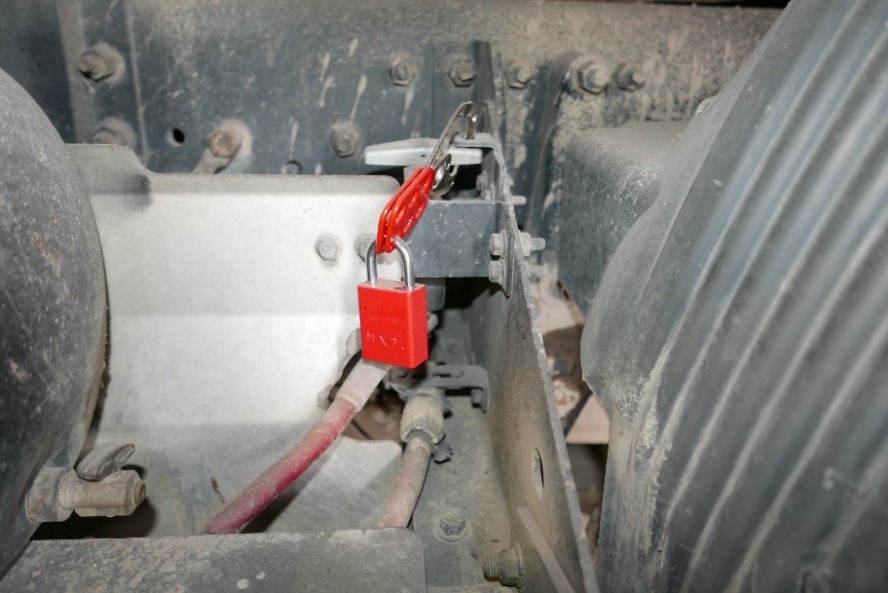
Knott Laboratory provides forensic engineering and animation, Civil & Structural, and Fire & Explosion Investigation services to reconstruct accidents.
Safely Servicing or Maintaining Systems with Hazardous Energy
This important safety measure can prevent injury or death when servicing equipment.
Published: March 21, 2019

“Lock out, tag out” is a safety measure that is extremely important when servicing or maintaining equipment to prevent personnel injury or death. Lock out, tag out is generally defined as a safety measure used to shut down a machine or equipment to prevent an unexpected startup or release of stored energy. Often this requires locks, clamps, and sometimes bags to be attached to valves, switches or plugs on equipment so that the system cannot accidentally be re-energized while the work is being performed. In some cases, this requires two or more people to put a lock on the system. Tags or warning devices are then placed on the locking devices or in conspicuous areas to warn others that the equipment has been intentionally locked out. Typically, there are documentation requirements, so that supervisors/managers are aware what was performed, who performed it and the reasons why it was performed.
With this standard procedure, there are a few misconceptions that have arisen. One of these being that unplugging the machine is enough. Often there is still stored energy in the system that needs to be released in some way. An example of this would be a capacitor that may still discharge electrical energy, or a pressure vessel that may still be under pressure. Another common misconception is that lock out, tag out only pertains to electric systems. Lock out, tag out can apply to other systems that can store or release energy, such as hydraulic systems and fluid systems. These require lock out, tag out procedures to be performed on valves, pumps, etc., rather than just an electric switch.
A good rule of thumb is to completely isolate the system, whether that is pulling a plug or closing a valve. Some systems require looking at schematics so that every valve or circuit leading to the system is identified and properly handled. Keep in mind that some systems require being deenergized after being locked out and tagged out. There may still be potential energy in the system that needs to be released before the machine or component is safe to work on. Finally, employees should be notified of the work being performed on the system.

